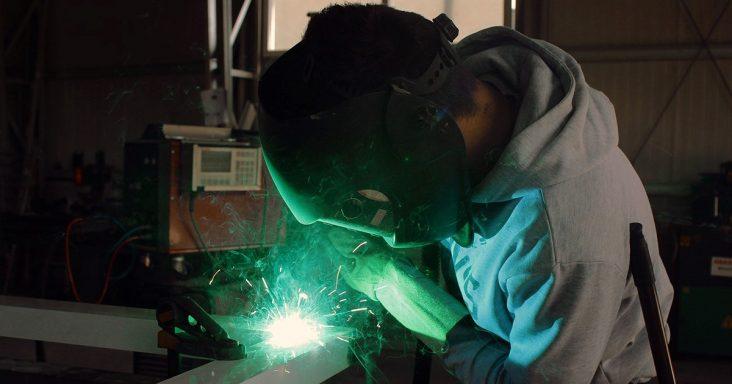Manufacturing activity increased in October; PMI rises to 59.3%
by November 2, 2020 11:24 am 410 views

Economic activity in the manufacturing sector rose at a faster rate in October as the overall economy grew for a sixth consecutive month, according to the Institute for Supply Management (ISM).
ISM released Monday (Nov. 2) the Manufacturing ISM Report on Business showing the Purchasing Managers’ Index (PMI) rose 3.9 percentage points to 59.3% in October, from September. The figure, which was the highest since September 2018, indicates the economy expanded, and a PMI above 50% indicates the manufacturing economy is expanding.
The new orders index increased 7.7 percentage points to 67.9% in October, from September. The production index rose 2 percentage points to 63%. The backlog of orders increased by 0.5 percentage points to 55.7%. The employment index increased 3.6 percentage points to 53.2%, and this marked the first expansion in the index since July 2019. The supplier deliveries index rose 1.5 percentage points to 60.5%. The inventories index increased by 4.8 percentage points to 51.9%. The prices index rose 2.7 percentage points to 65.5%, and the expansion reflected a shift to seller pricing power. The new export orders index increased 1.4 percentage point to 55.7%. The imports index rose 4.1 percentage points to 58.1%.
“The manufacturing economy continued its recovery in October,” said Timothy Fiore, chair of the ISM Manufacturing Business Survey Committee. “Survey committee members reported that their companies and suppliers continue to operate in reconfigured factories; with every month, they are becoming more proficient at expanding output. Panel sentiment was optimistic, a slight decrease compared to September. Demand expanded, with the new orders index growing at strong levels, supported by the new export orders index expanding moderately; customers’ inventories index at its lowest figure since June 2010, a level considered a positive for future production; and the backlog of orders index expanding at a slightly faster rate compared to the prior three months.”
Consumption, which is measured by the production and employments indexes, contributed to a combined 5.6-percentage point increase to the PMI as five of the top six industries continued to expand output. Inputs, which comprise supplier deliveries, inventories and imports, show input-driven constraints to production expansion but at slower rates compared to September amid rising inventory levels. Inputs improved from September and contributed to a combined 6.3-percentage point increase to the PMI, Fiore said.
The following five manufacturing industries reported strong growth in October: fabricated metal products; food, beverage and tobacco products; chemical products; computer and electronic products; and transportation equipment.
“Manufacturing performed well for the third straight month, with demand, consumption and inputs registering growth indicative of a normal expansion cycle,” Fiore said. “While certain industry sectors are experiencing difficulties that will continue in the near term, the overall manufacturing community continues to exceed expectations.”
A survey respondent in the chemical products industry said “business continues to be robust. Sales are greater than expectations, and cost pressures are modest… We expect a strong finish to 2020 and a solid start in 2021.”
In the transportation equipment industry, a respondent said “sales continue to be strong — up 4% this September compared to September 2019. The year-to-date level is still 21% below last year due to the [COVID-19] shutdown, but sales are stronger than expected and forecast to stay strong through the first quarter of 2021.”
In the food, beverage and tobacco products industry, a respondent said production has increased as stores are stocking up for another wave of COVID-19.
A respondent in miscellaneous manufacturing said “business levels have just about returned to pre-COVID-19 levels. Our company is remaining conservative with fixed-cost spending, knowing the uncertainties that lie ahead with COVID-19 and its potential impact globally.”
